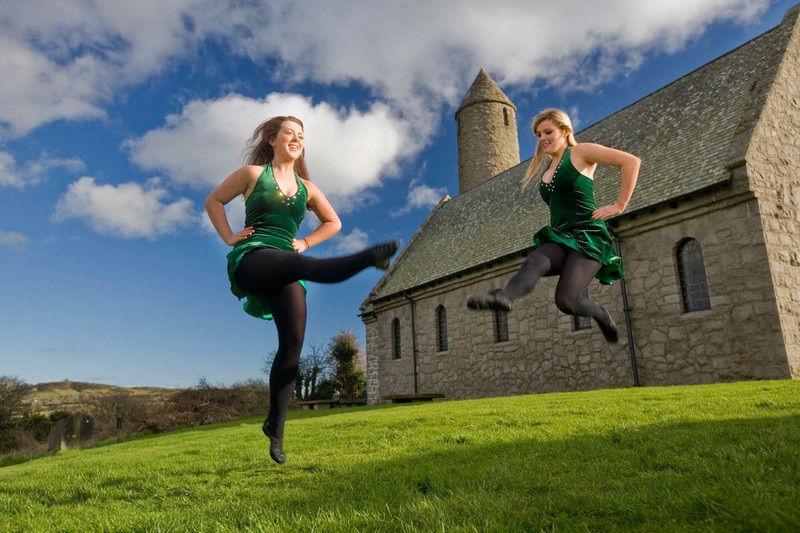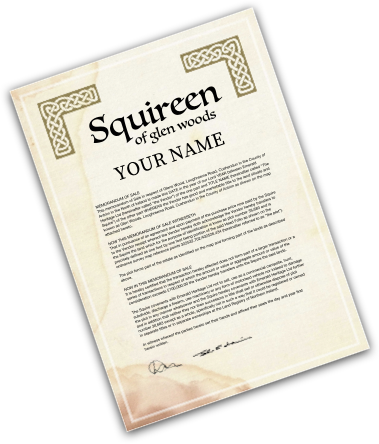Irish dancing is a form of dancing generally typified by limited upper-body movement and fast, frenetic footwork. The rise of this style was in large part due to the limited spaces available, during its formative years, for public dancing. These spaces generally included local barns, pubs, or whatever was available.
The dancing can be both solo or group and is undertaken for social, competitive and performance purposes depending on the dancers and groups involved.
Irish dancing includes set dancing routines, social ceili routines, step routines and dances known as jigs, reels and step dances.


 FAST WORLDWIDE SHIPPING
FAST WORLDWIDE SHIPPING